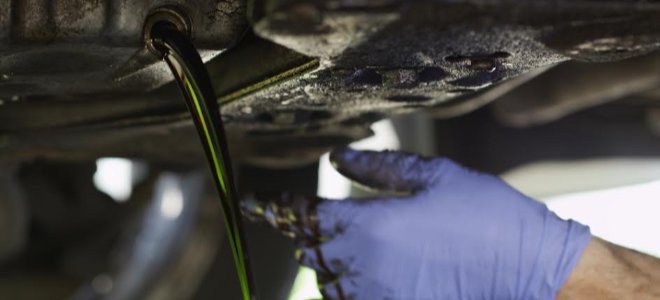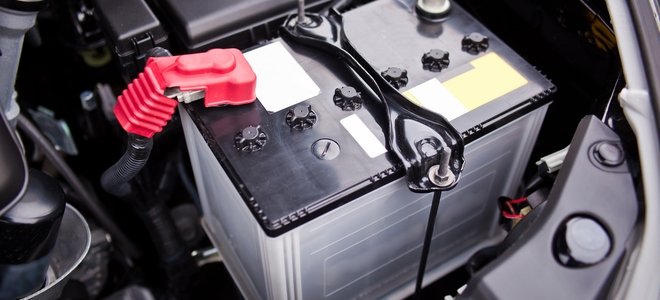 1 hours • Beginner 1. Get Insurance and Know How to Use it
1 hours • Beginner 1. Get Insurance and Know How to Use it
The first step in proving your level of responsibility in owning a car is making sure you, the vehicle, and others on the road are protected in the case of an accident. Use the internet or an insurance agent in town to acquire insurance. There are several levels of protection to consider and a representative can explain your options along with associated costs.
2. Wash the Car
Not only does washing your car make it look better to you and others, but it helps keep away rust caused by salt on the roads, mold and mildew build-up, and paint deterioration from bugs, sap, dirt, or contaminates.
3. Change the Oil

With the right tools, changing the oil is not difficult and it’s one of the best ways to ensure long-lasting engine performance. To start, identify your drain plug. Raise the car on jacks and slide an oil pan beneath the car. Loosen and remove the drain plug and allow the oil to drain completely before reinstalling the plug. Untwist the oil filter and screw a new one into place. Then refill the oil reservoir with the proper amount of oil. Be sure not to overfill it.
4. Change a Tire
Perhaps the first basic skill to acquire when you own a car is learning how to change a tire. Always make sure you have the proper tools for a roadside emergency, including the tool to release locking lug nuts if you have them. Place the jack somewhere it won’t damage the car’s frame and lift the vehicle part way to relieve pressure from the tire. Loosen the lug nuts. Raise the vehicle until the tire is off the ground and remove the lug nuts and tire. Place the new tire, reinstall the lug nuts, and lower the vehicle.
5. Replace the Air Filters
Next to regular oil changes, replacing air filters is the next most essential maintenance task you’ll have as a car owner. Most air filters are easy to access under the hood. Typically it involves removing the cover, swapping out the old filter with a new one, and putting the cover back in place. You may also have a cabin filter somewhere under your dashboard to inspect and change as needed.
6. Pump Gas
Even if you live in New Jersey or Oregon, the only two states with laws prohibiting pumping your own gas, you need to understand how to fill the tank. Most stations have directions on the pump, but make sure you get a friend to help before you potentially get stuck not knowing this essential skill.
7. Change Windshield Wipers
Windshield wipers are one of those things drivers don’t really think about until they fail. But a dark and rainy night is the least pleasant time to deal with a wiper blade flying off the car or shredding on the windshield. There are a handful of different types of windshield wiper mechanisms. You may need to change the entire arm (which holds the wiper), or just the blade itself. Either way, figure out how to do it before you’re roadside in a downpour.
8. Change a Battery

About every other year, maybe up to five years if you’re lucky, your car will fail to start on a cold morning. If your battery is the problem, the solution is inconvenient, but not difficult. It simply requires removing the battery cables, swapping the old battery for a new one, and tightening the cables back down. Yet knowing how to do this can save you a ton of time and money so keep it at the top of your DIY auto repair list.
9. Use Jumper Cables or Jumpstart
Similarly, when (not if) you accidentally leave your interior light on and drain the battery, you’ll need to know how to use the jumper cables in that car emergency kit you have in the trunk. You do have an emergency car kit, right?
10. Read the Warning Signs
Every car is equipped with warning signals. Modern cars have more than older models. When lights and images start popping up on your dashboard, you need to know how to respond. Find the first safe place to pull over and pull out your owner’s manual from the glove box. Use the index in the back to find the page that describes the warning lights. From there, decide whether it’s safe to drive, if you need to make a roadside repair, or if you need to call for a tow. If you do need a tow, call your insurance company first to see if the cost is covered on your policy.
Source link : https://www.doityourself.com/stry/10-things-every-car-owner-should-know-how-to-do












